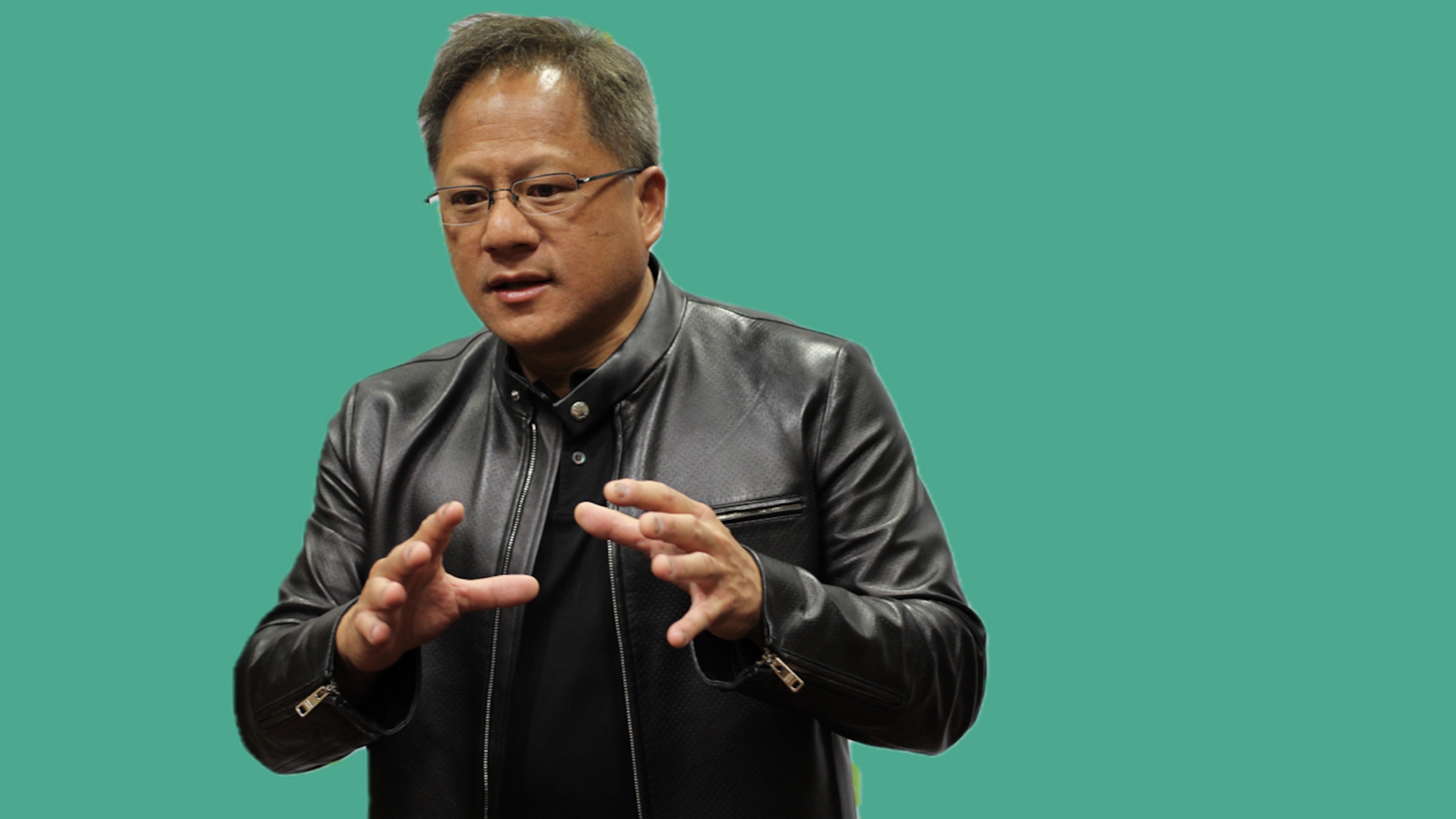How to Speak Fluent “Museum”

The best way to learn any language is total immersion. If you live in a place long enough and open yourself up to the experience, then you’ll come away not just with a new tongue, but also with the flavor of the culture in which that language is expressed. For many people, art museums feel like a foreboding foreign nation with a language all its own. Frederick Wiseman’s new documentary, National Gallery, finally offers an immersion class in how to speak fluent “museum.” Wiseman’s 39th documentary, National Gallery takes you inside London’s National Gallery to eavesdrop on the docents leading tours, spy on the early morning floor waxers, look over the shoulders of conservators, and even join executive meetings behind closed doors all in the name of learning what really happens in an art museum and how the very voice of the modern museum is changing with the times.
Just as Wiseman’s 2013 documentary At Berkeley examined issues within the field of education by focusing on one specific school, National Gallery studies culture—what it is, what it means, and why we should care—by filming one specific bastion of culture, London’s National Gallery. Wiseman, who calls himself “an enlightened amateur” when it comes to art, claims that he’s wanted to film a museum for 30 years, but other projects always intervened. Once the National Gallery gave Wiseman permission to film, he shot almost every day for 12 weeks between January and March 2012, amassing over 170 hours of footage he edited down to this 3-hour documentary. Wiseman’s crew shot “around twelve hours a day, because it’s interesting to observe events before the museum opens and then late at night also,” Wiseman explains.
National Gallery is, at its heart, a study in contrasts: between the quiet of near-empty galleries and the bustle of blockbuster, big-name exhibitions; between the hands on work of art handlers, conservators, cleaning crews, and construction workers and the hands off life of the masterpieces on the walls; but most importantly between the direct public contact of the lecturing docents and the isolated executives expressing fears of greater accessibility meaning stooping down to some lowest common denominator.
That last contrast staged a passion play performed in museum meetings around the world. National Gallery Director Nicholas Penny seems baffled and beleaguered by potential barbarians at the gates of the institution in the form of a marathon’s finish line at the foot of the gallery’s entrance on Trafalgar Square. As others in the meeting try to sell the idea of mainstream appeal and community engagement, Penny and others ask for quantifiable benefits beyond good feelings. Such good natured but adamant bottom line thinking often stands in the way of the softer science of wider appeal all around the world. You can’t help but wonder if Penny’s planned stepping down from the Director job in 2015 stems at least in part from this quandary over what the “public voice” (elevated or engaged? some tricky balancing act of both?) of the museum should be.
Juxtaposed with the muddled arguing in boardrooms, however, are the clear, accessible voices of the National Gallery’s exceptional docents. In one scene, a docent paints a verbal picture for the tour group of how a 13th century churchgoer would have perceived a piece of religious art now put out of proper context in an art museum. In another, the docent transforms the ancient Biblical story in Rubens’ 17th century Samson and Delilah into a modern spy story. She even asks the crowd to imagine themselves as a spy torn between duty and love for the enemy. Some in the board room might object to turning a Rubens into The Spy Who Loved Me, but one look at the faces of the fascinated listeners was evidence enough for me to side with engagement over elevating. The fact that both conversations were taking place under the same roof at the same time makes the debate over museums’ “public voice” all the more frustrating.
Speaking “museum,” however, always goes beyond mere words, as Wiseman’s film demonstrates. Countless shots of visitors rapt with attention before the paintings remind us of the real stars of the show. National Gallery beautifully captures the dynamic nature of what could be static images stuck on walls. “The guiding principle was to break the frame—the framing and hanging of the paintings—in order to step into the picture,” Wiseman explains. “To do so, I used an approach similar to making a film, alternating between wide shots and close-ups, and then working on the depth of field in the paintings. On film, the painting comes to life if you don’t see the wall, frame, or card to one side with the artist’s name, title, date and technical details. Then, the painting becomes an object. My aim was to suggest that the painting is alive and tells a story all of its own.” Just as the docents bring the paintings alive through verbal details, Wiseman uses photography to climb into a painting and make you “live” inside the artist’s ideas and execution.
National Gallery further accentuates the dynamism of the art through a piano performance in the galleries that becomes a soundtrack for the drama of Caravaggio’s Boy Bitten by a Lizard and other masterpieces of frozen action. Thanks to modern technology as well as the old-fashioned sister arts of music and dance, the public voice, the language of museums is more multimedia than ever, making it also potentially more accessible than ever. Wiseman concludes the film with a dance performance (shown above) in which a male and female dancer interpret the action in Titian’s Diana and Actaeon and The Death of Actaeon as the paintings themselves provide silent inspiration. Wiseman’s cameras capture the gestures of passion and pain, but his microphones capture just as importantly the sounds of scuffing shoes and physical effort from the dancers, impressing on the viewer the human physicality, the reality of the interpretation.
That final scene drives home beautifully the human element of National Gallery, which is really not about museums or art, but rather about who we are or aren’t depending on our connection to our culture. Speaking “museum” isn’t about learning a long-dead language but about learning a piece of ourselves that we cannot allow to go silent. At 3 hours, Frederick Wiseman’s National Gallery may not be an easy sell to the casual cultural consumer, but that might just be the audience most in need of this immersion language course. Near the end of National Gallery, we come face to face with a series of portraits by Rembrandt that seem even more startling for their connectivity across the centuries thanks to Wiseman’s film. The bottom line of National Gallery is that learning (and earning) the ability to see a Rembrandt that way is priceless.
[Image: A scene from Frederick Wiseman’s National Gallery. Courtesy of Zipporah Films.]
[Many thanks to Film Forum for providing me with the image above from, press materials related to, and a screening copy of Frederick Wiseman’s National Gallery. A list of screenings of National Gallery near you can be found here.]
[Please follow me on Twitter (@BobDPictureThis) and Facebook (Art Blog By Bob) for more art news and views.]





